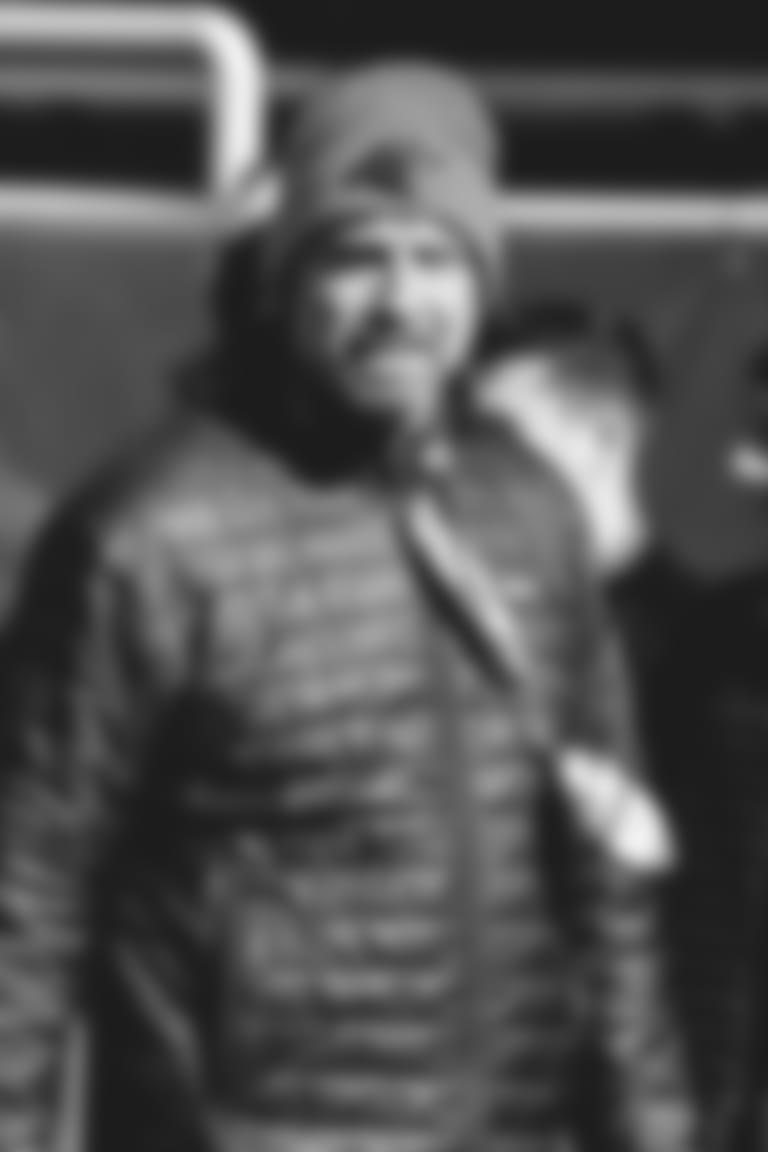It was, perhaps, the most excited anyone has ever been to pull onto the campus of the University of South Alabama.
But for Panthers college scout Jeff Beathard, rolling south from his Tennessee home into Mobile recently meant a rare chance to watch a practice in person — to do his job in a way that resembled normal for the first time in months.
The COVID-19 pandemic has affected every job in America this year, but scouting is a combination of seeing things for yourself, tapping into close relationships to develop intelligence on the ground, and distilling that information to try to put together a full picture of a prospect. It's harder to do those things when you can't actually walk onto a college campus, or into a team facility, or talk to coaches and contacts you've known for years in a face-to-face setting.
"This is obviously not the best way to do this job," Beathard said. "But we also know this is how it's got to be."
Because of the public health challenges that everyone's adjusting to, the basic functions of NFL scouts are different than they've ever been.
For starters, these are true road warriors, guys who know where to eat in Interstate America, for whom the only number higher than miles driven is Marriott points earned.




















